Prince of Persia: The Lost Crown is Hollow Knight meets Rayman Legends and I'm here for it
Prince of Persia: The Lost Crown is a brilliant Metroidvania spin on the classic IP
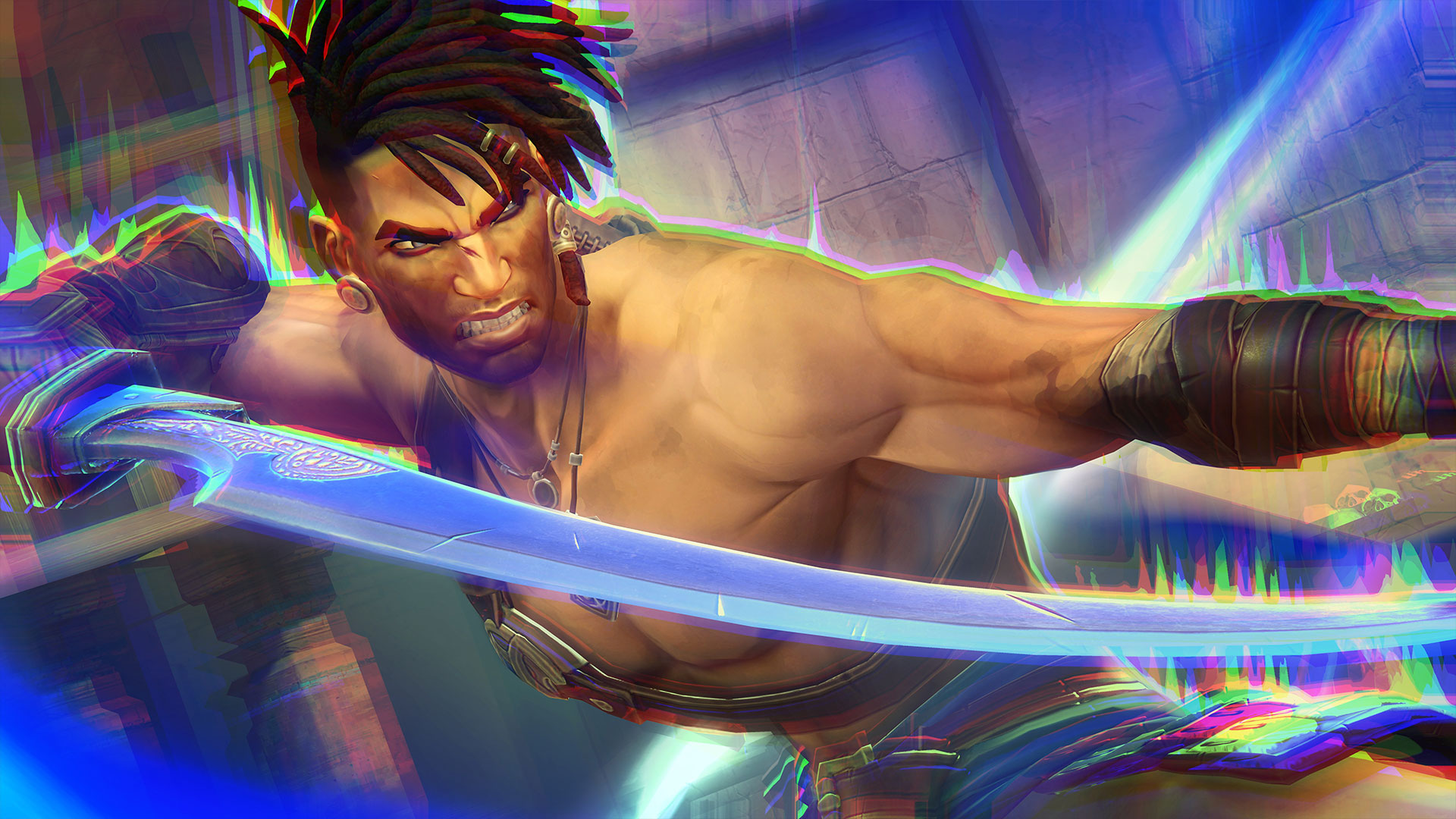
I doubt any of us expected Prince of Persia Metroidvania on our 2023/2024 bingo cards, but I'm thrilled it's happening. After spending four hours with Prince of Persia: The Lost Crown, it's easy to see that Ubisoft Montpellier has created something quite special. On the one hand, it's an excellent Metroidvania set in the constantly evolving world of Mount Qaf; and on the other, it's a Prince of Persia game that lives up to the gameplay tropes set by the series some decades ago, albeit with a unique and modern twist.
Its Metroidvania structure and tact that you're not playing as the Prince himself may not have immediately gone down well with fans, but I have a feeling even the most ardent old-school followers will be pleasantly surprised by the direction Ubisoft Montpellier has taken the series in.
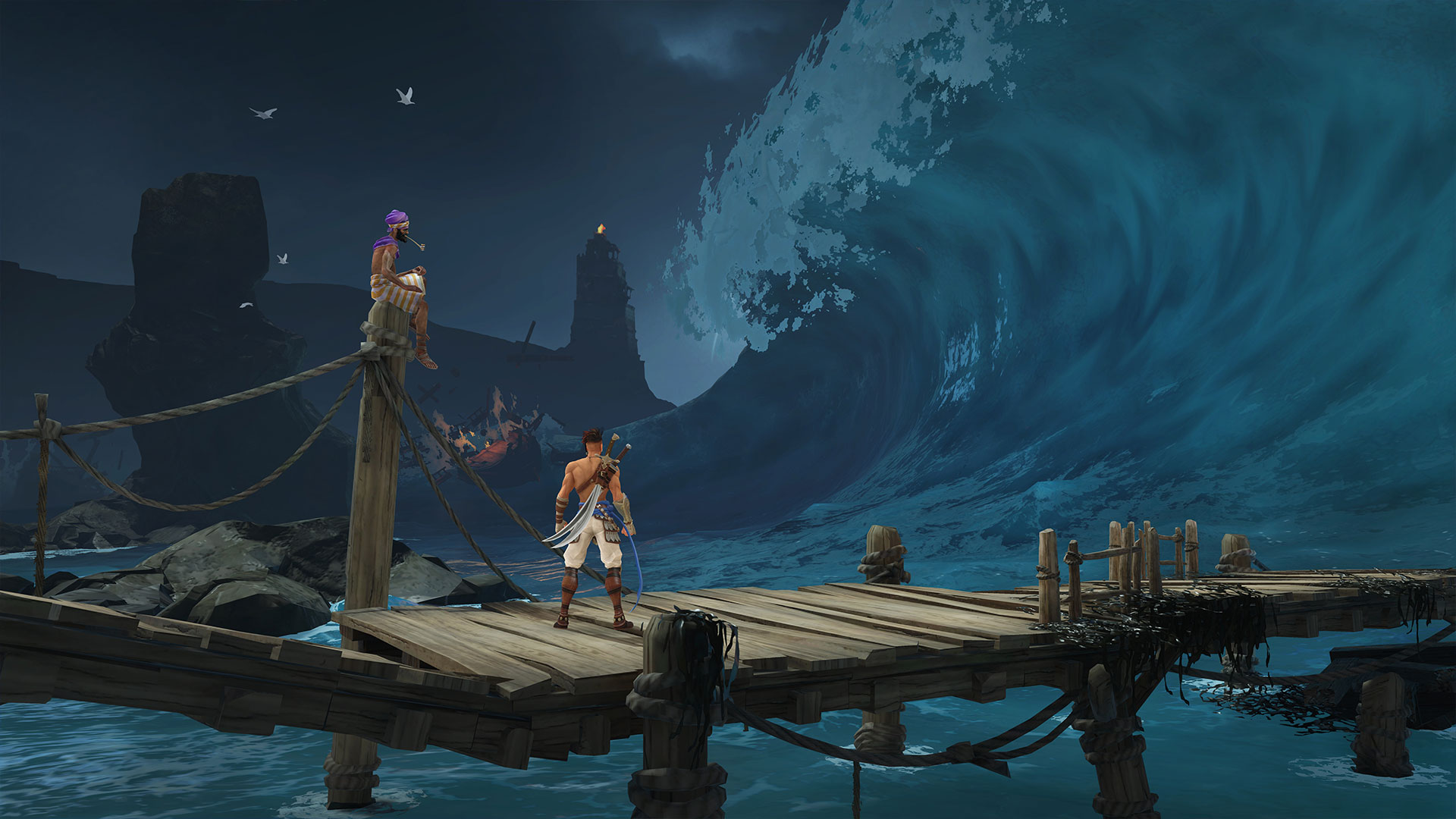
I spent around four hours with Prince of Persia: The Lost Crown, starting from the opening of the game that introduces you to our hero Sargon and the band of Immortals that are bound to protect the Prince of Persia and the rest of the royal family. But before long, the Prince is kidnapped and the Immortals head to Mount Qaf to hunt down his abductors. Now, here's where things immediately start to get timey-wimey, as the captors arrived at Mount Qaf mere hours before The Immortals, but are somehow 30 years or so older than they were the last time we saw them. It's clearly just the beginning of how The Lost Crown will play with time, as later I'm tasked with reuniting with one of the Immortals who wields a bow so that I can shoot a glowing purple orb that is holding part of an area in stasis, mid-collapse.
Later on, I get the bow seemingly from a version of myself, so the time fluctuations continue. It might not be time manipulation powers from the off, but they're so clearly en route.
Time and space
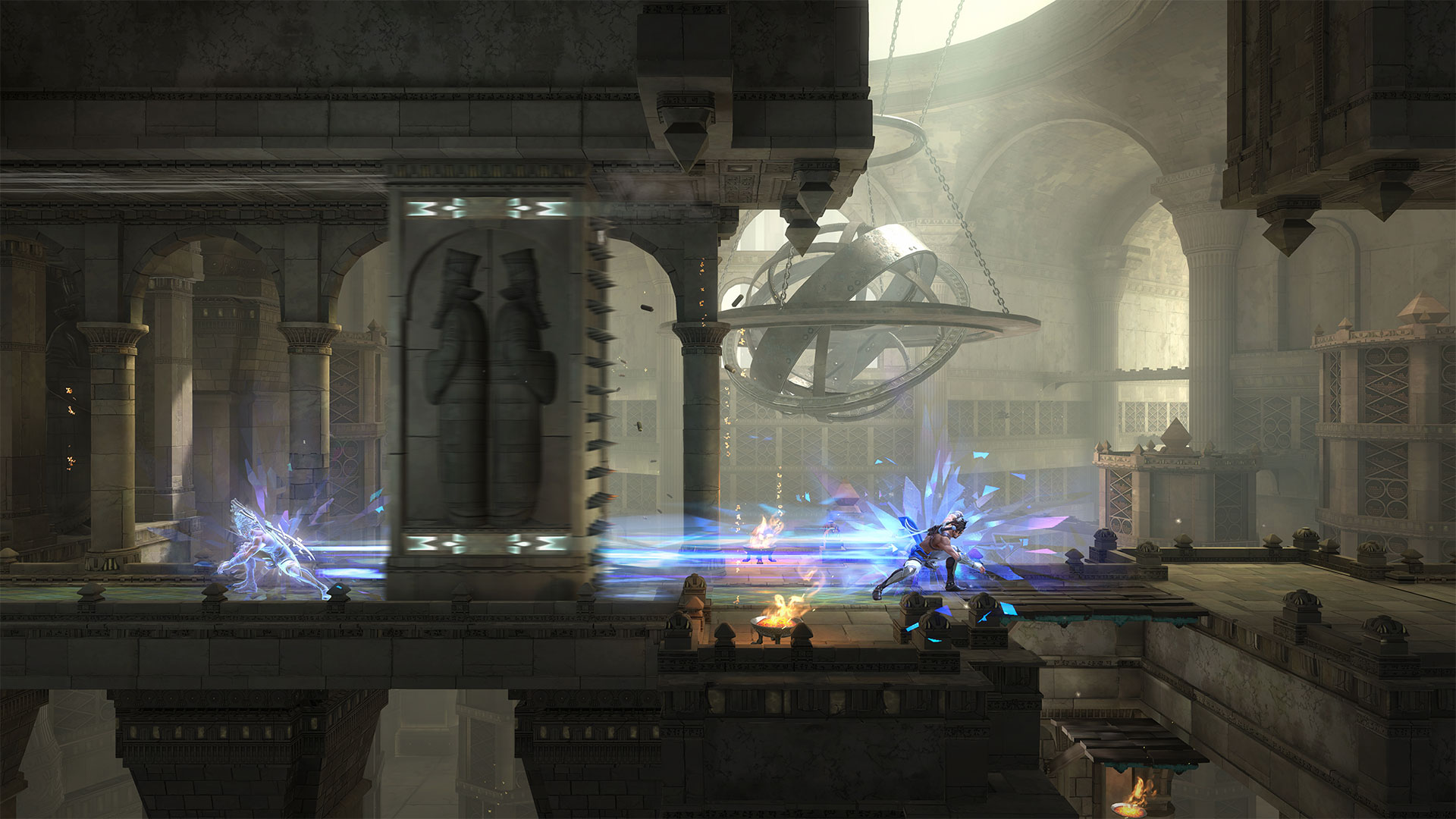
Even before you start gaining various tools that layer up Sargon's powers and open up new areas of the map – in true Metroidvania style – Sargon is a nimble mover armed with a duo of swords used to attack and parry the various enemies he'll come across. Parrying is ridiculously important, whether that's batting away the incoming attacks of normal foes or pulling off the stylish finishing moves that take a necessary chunk out of a boss's rather luxurious health bar. These special attacks are beautiful flourishes too that really highlight the comic book-esque art style that the game delivers, with flashes of color backdropping cinematic and acrobatic kicks, punches, and other brutalities.
Sargon can also channel the sacred energy that flows through him to unleash other abilities, the first of which is the Athra Surge. It surrounds him in a blue light that lets him unleash power attacks once a meter has filled up. You unlock more Athra powers as you play and you can then switch them out whenever you visit a Wak-Wak tree, which act as the manual checkpoints in Prince of Persia.
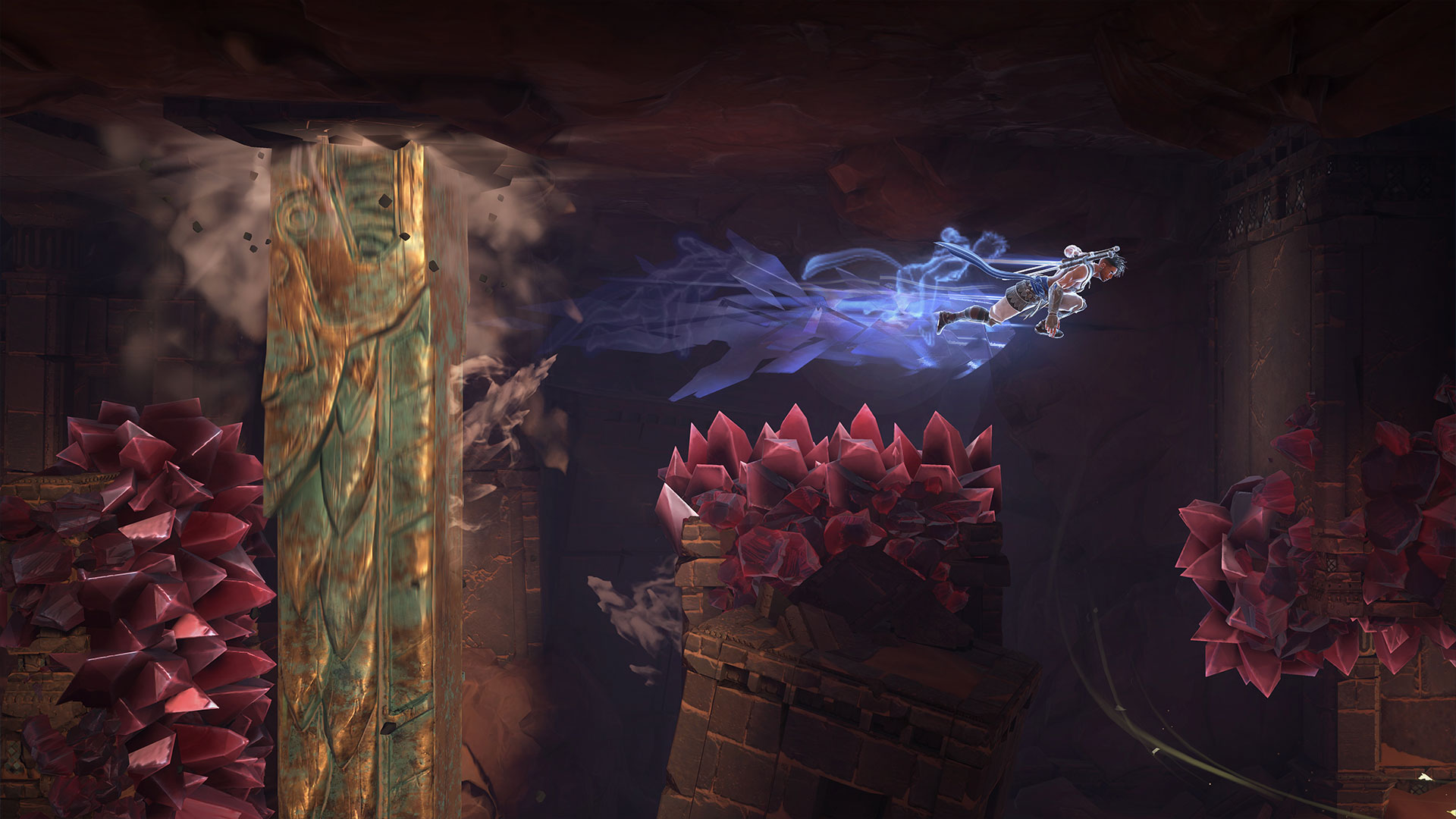
Combat is hard, but not frustrating, which I do love. When you fail it's so easy to see why, and that makes taking on a boss repeatedly more rewarding than soul-destroying – especially when the game gives you the option to just restart the fight rather than teleporting you back to the last Wak-Wak. Parry windows are just generous enough to keep you on your toes without feeling like cheap shots, and dodging is such a fluid part of the combat that you always feel capable of taking on multiple foes at once – even if it doesn't always go as planned.
Weekly digests, tales from the communities you love, and more
The bosses are pulled straight out of Persian folklore, which adds to the impressive visual prowess of The Lost Crown. In the opening four hours alone I fought everything from a massive antlered boar that kicked my ass more times than I'd like to admit; to a giant, winged, horned lion with a scorpion tail. These bosses are as impressive in design as they are physicality, with some fights taking a decent chunk of time to complete – even when things are going well.
Time and place
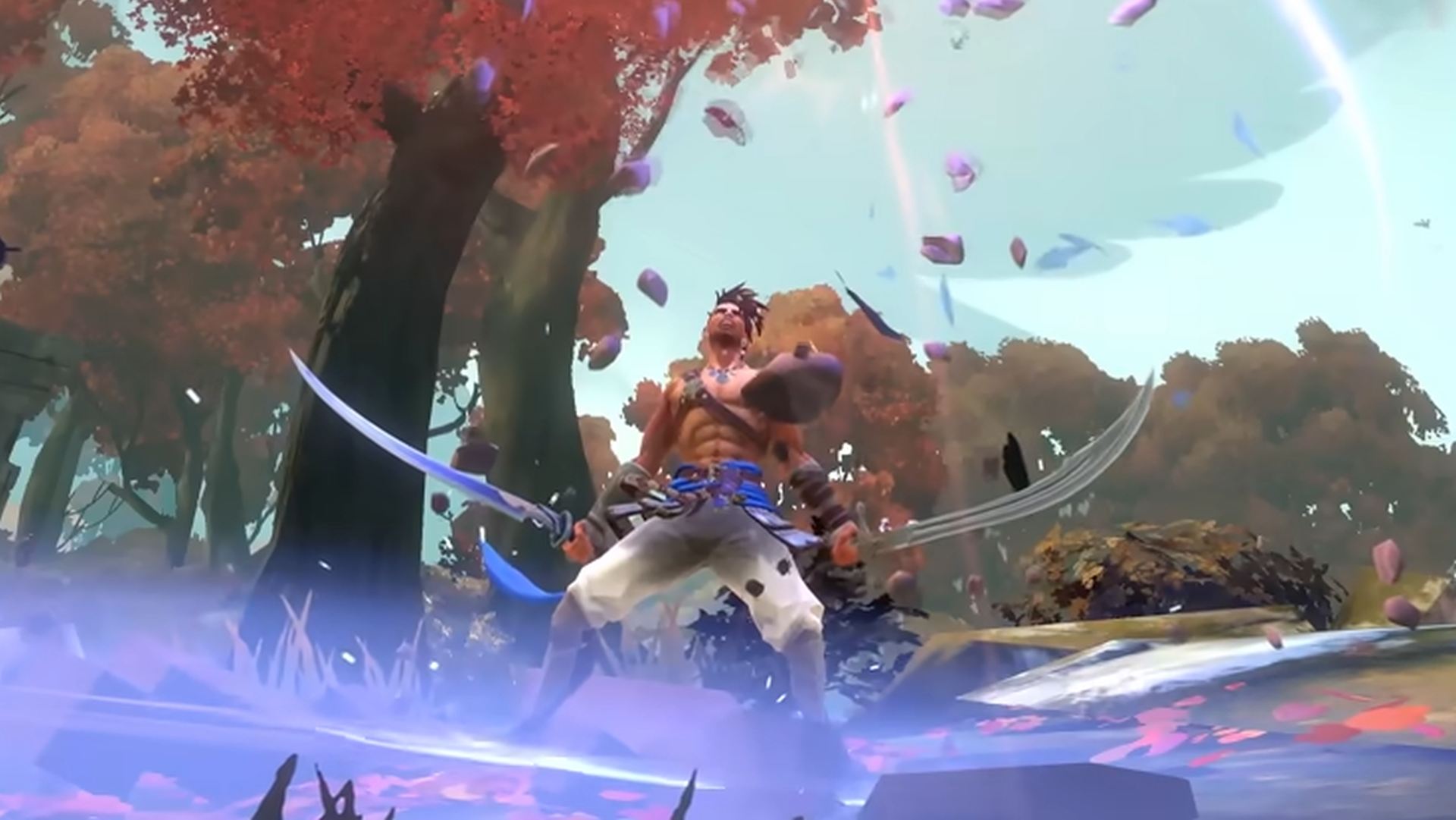
The good visuals don't stop after combat, though, with Mount Qaf's seemingly very expansive map delivering a huge variety of themed areas that are delightful surprises to discover. This is the home of the gods, or jinn, and there's a certain mystical element to what there is to find here. It's a stunning map from everything I've seen so far, and in classic Metroidvania style I really am only scratching the surface after four hours into what Ubisoft Montpellier claims is a 20-25 hour experience in full – depending on how many times you die.
You'll want to explore that map in full too, because the movement in Prince of Persia: The Lost Crown has that same sense of flow you get when playing Rayman Origins or Rayman Legends, which makes sense seeing as this is the same studio. Sargon's leaps, climbs, wall-leaps and air dashes combine for an utterly glorious It's an excellent side-scrolling platformer in that sense, with plenty of challenges when it comes to the hazards you'll have to navigate and puzzles you'll solve.
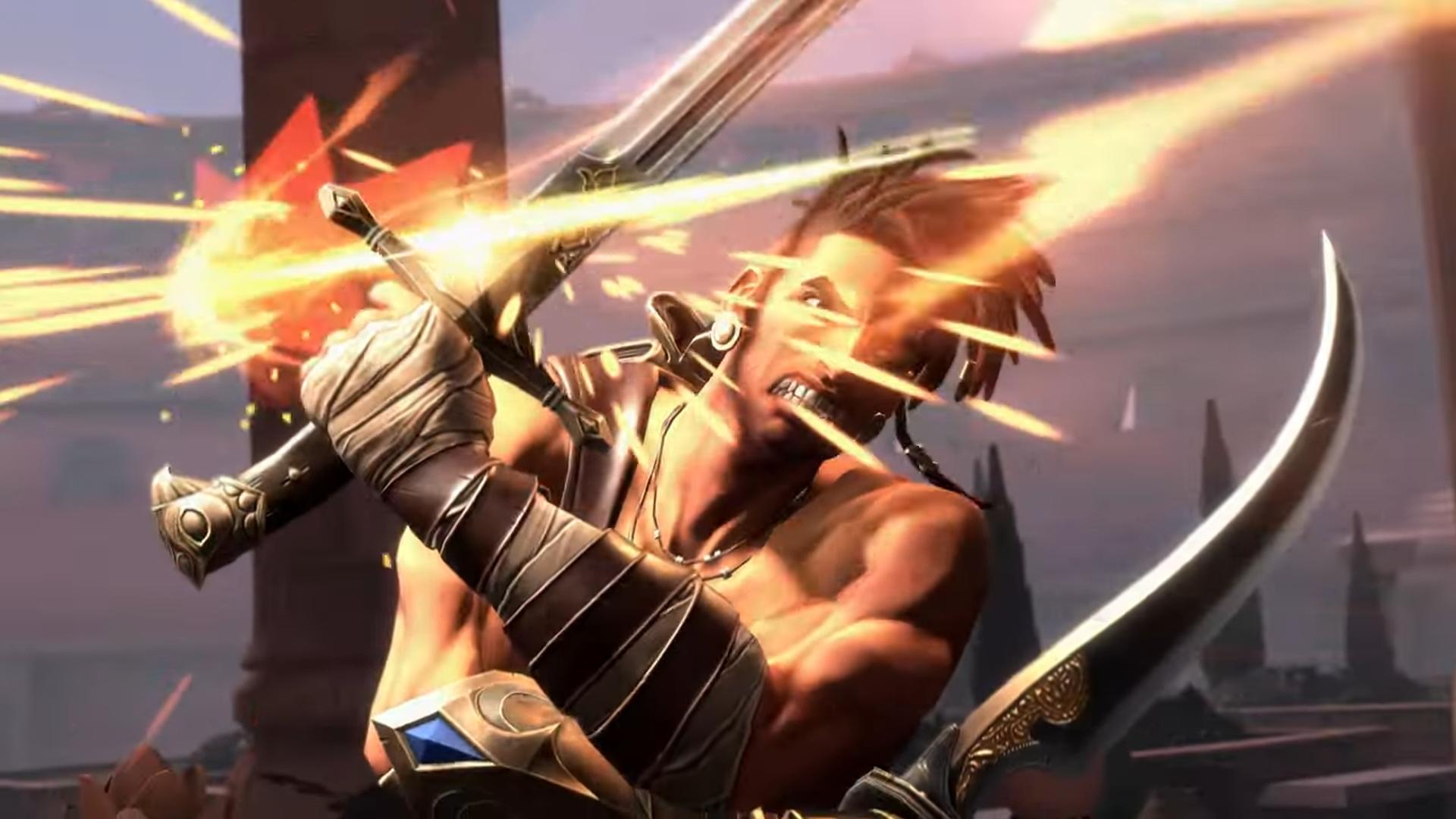
One of those challenges I encountered early on was a jailor. What I thought was the next boss fight actually saw me being captured by the guard's glowing purple catchpole and being sent straight to jail. The first time I was sent there I had to break out, but then the next (few) times just meant tracing back my steps to get back to where I was, and praying I stayed out of the jailor's gaze. It was a surprise that reminded me of the guards in Metroid Dread, but without the frustration of repeated deaths.
Interestingly, with saving time in mind, I was encouraged to opt for the guided game mode, rather than the exploration mode, which gives you the location of the next objective and marks blocked paths on the map. It also seems to leave little trails of golden, glimmering Wak-Wak leaves that let you know the general direction you need to keep traveling in – in something similar to Elden Ring's Sights of Grace, but a little less ambiguous. It's a handy visual cue for those who aren't familiar with the labyrinthian maps associated with Metroidvania titles, and it's extra handy when you know there's a portal-wielding jailer just waiting to put you back in a cell again.
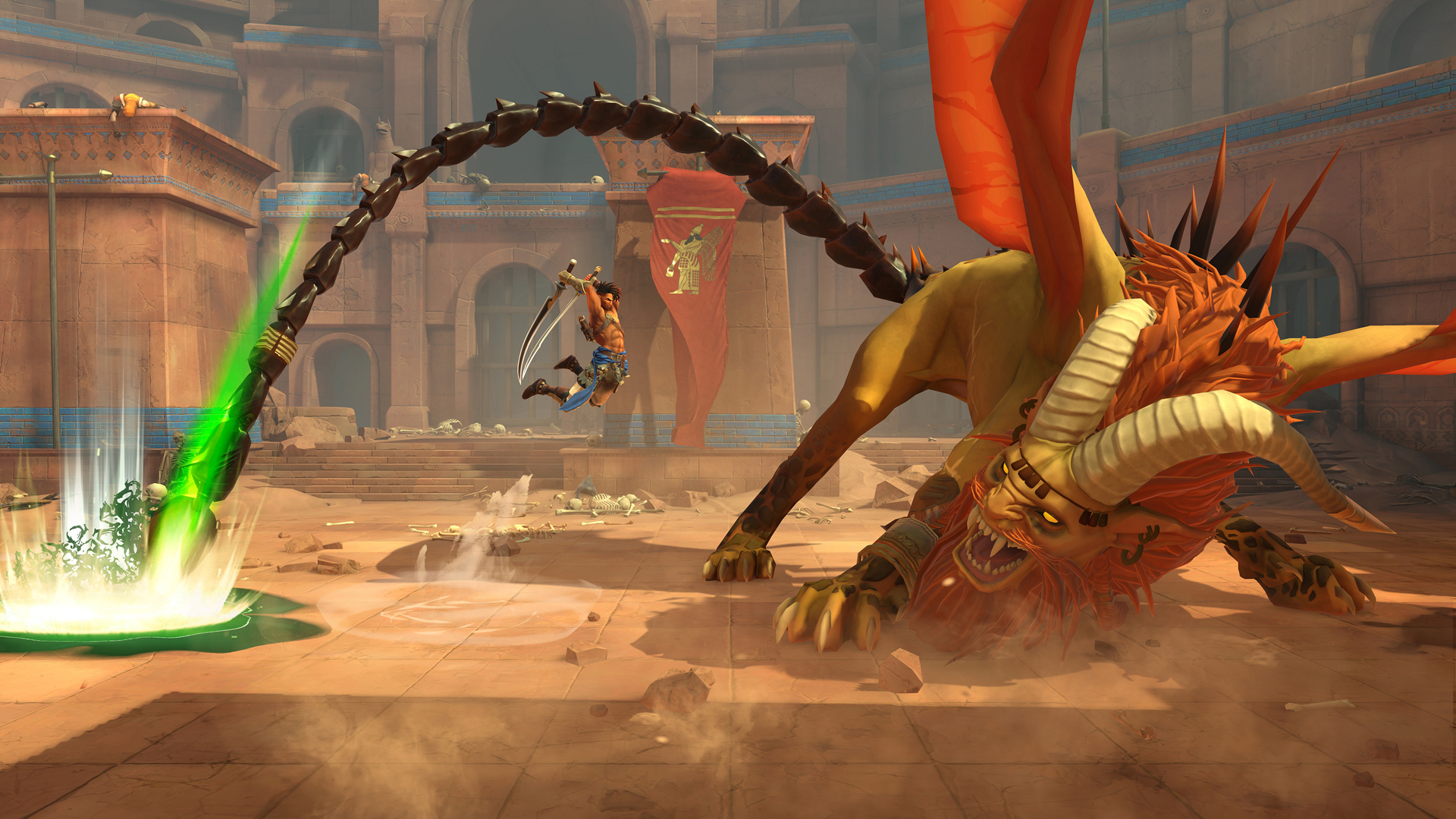
The game's unique screenshot ability is also an innovative way to add approachability. You're given a camera of sorts, which lets you take a snapshot of an area and pin it to your map, letting you remind yourself of a certain impassable hazard you want to come back to later or an area of interest. It's such a neat way of reminding you of everything you've seen as you explore, without having to scroll back through your screenshot library or hand-written notes and wonder 'Where was that, again?'.
Ubisoft Montpellier has clearly thought about two key player types here – the Metroidvania lovers and the Prince of Persia stans. There are clever ways that make this approachable for long-term series' fans, but without diluting what makes for a good Metroidvania like Hollow Knight. I think we should all be very pleased this is dropping in January, because I certainly can't wait to play more.

Sam Loveridge is the Brand Director and former Global Editor-in-Chief of GamesRadar. She joined the team in August 2017. Sam came to GamesRadar after working at TrustedReviews, Digital Spy, and Fandom, following the completion of an MA in Journalism. In her time, she's also had appearances on The Guardian, BBC, and more. Her experience has seen her cover console and PC games, along with gaming hardware, for a decade, and for GamesRadar, she's in charge of the site's overall direction, managing the team, and making sure it's the best it can be. Her gaming passions lie with weird simulation games, big open-world RPGs, and beautifully crafted indies. She plays across all platforms, and specializes in titles like Pokemon, Assassin's Creed, The Sims, and more. Basically, she loves all games that aren't sports or fighting titles! In her spare time, Sam likes to live like Stardew Valley by cooking and baking, growing vegetables, and enjoying life in the countryside.


